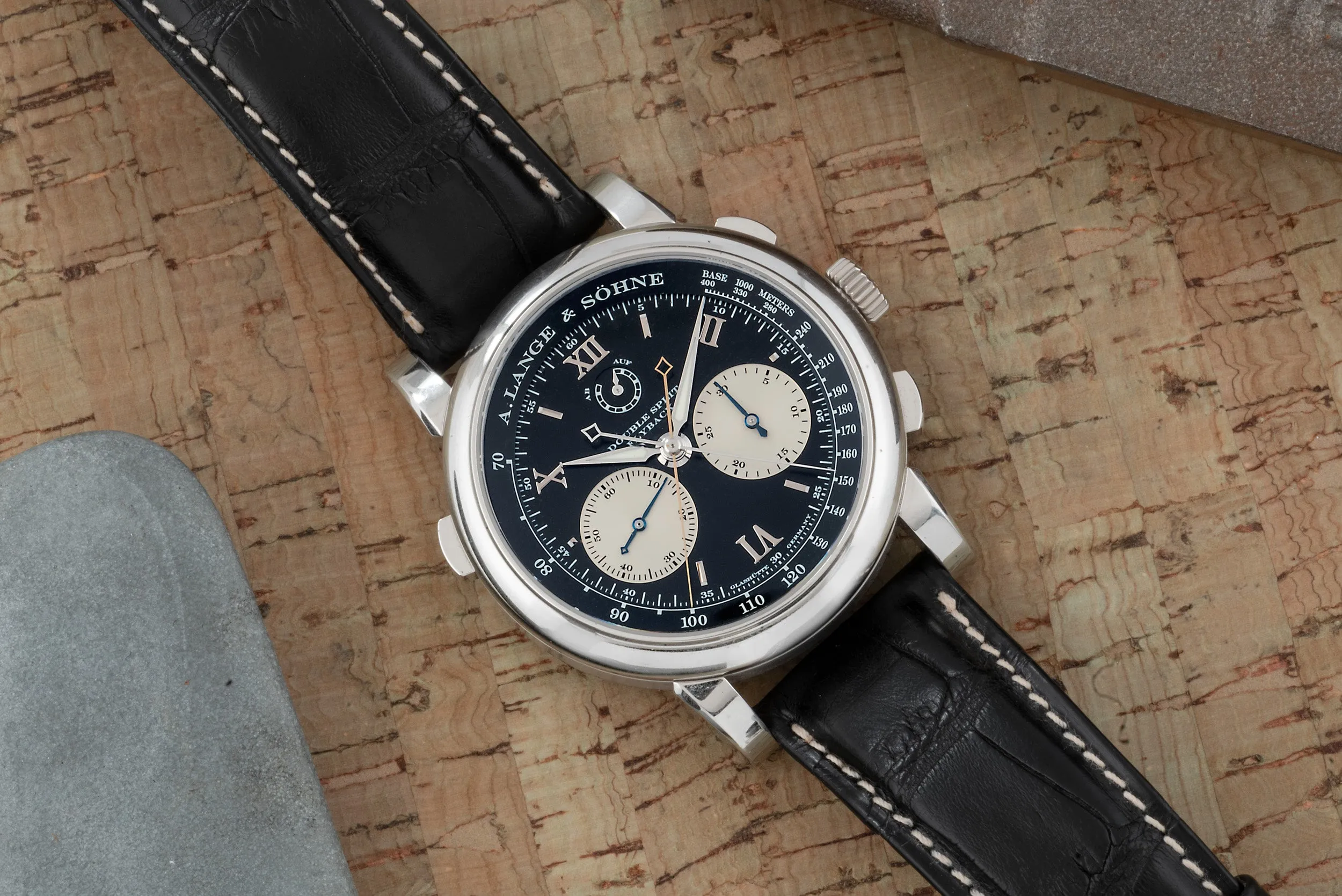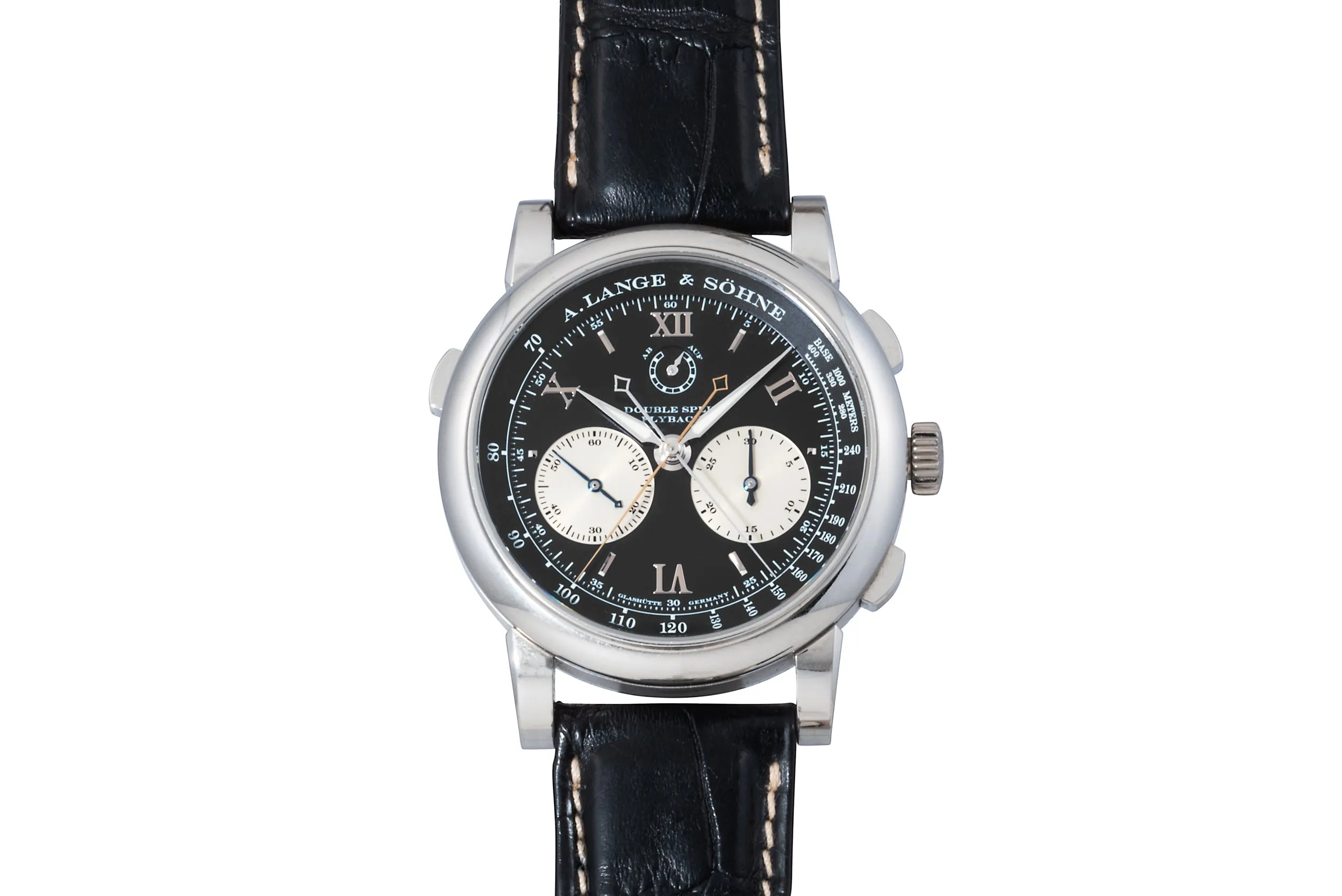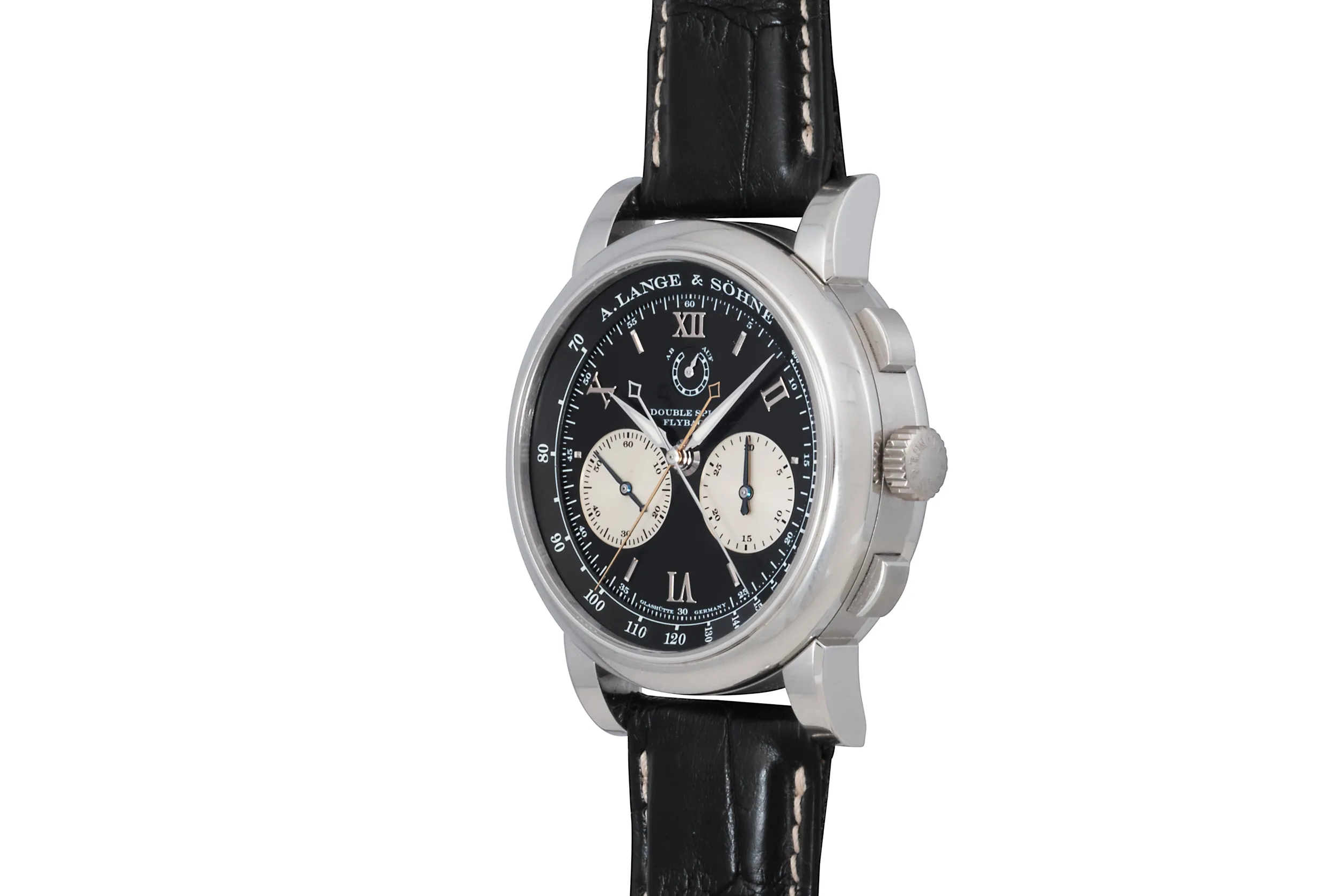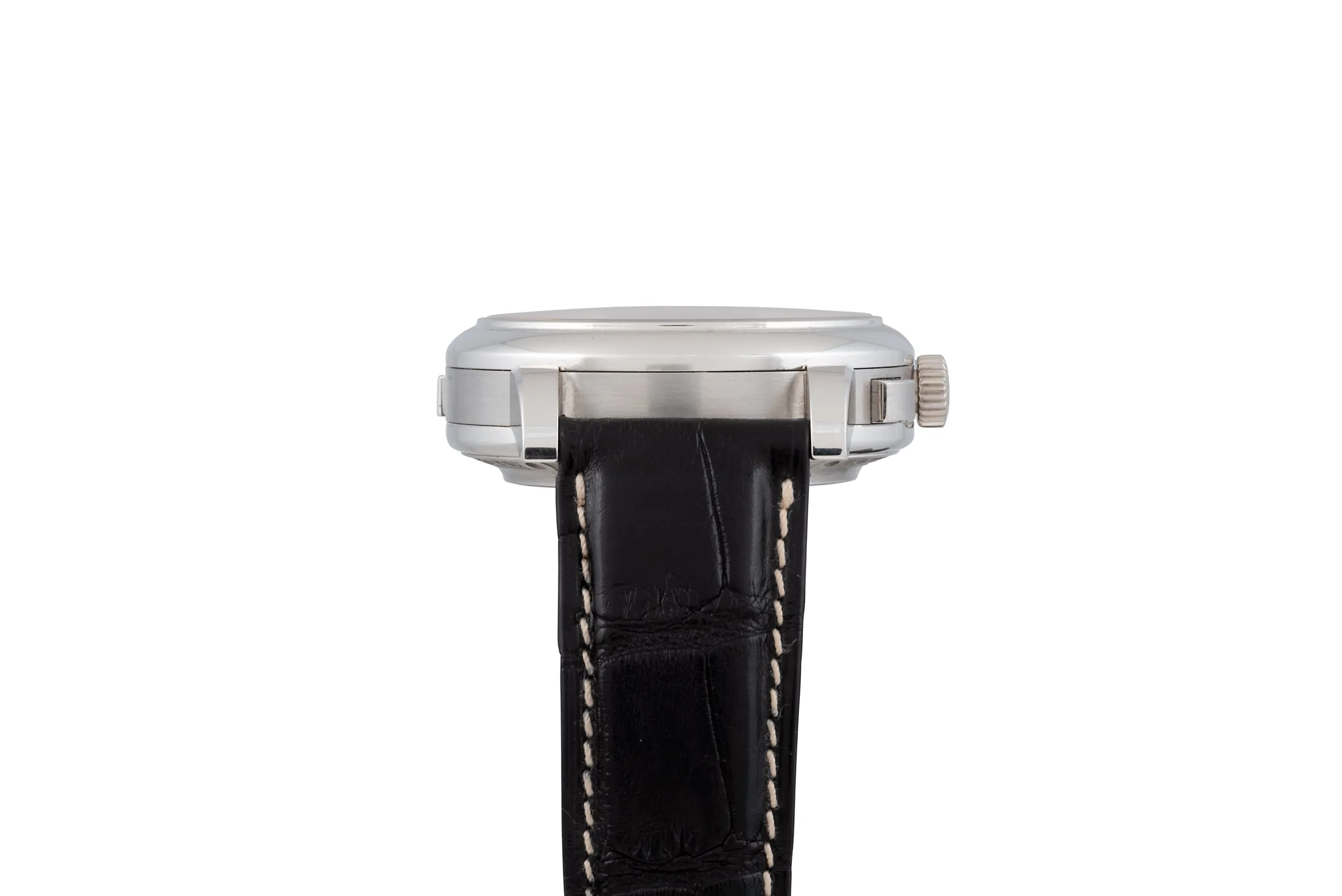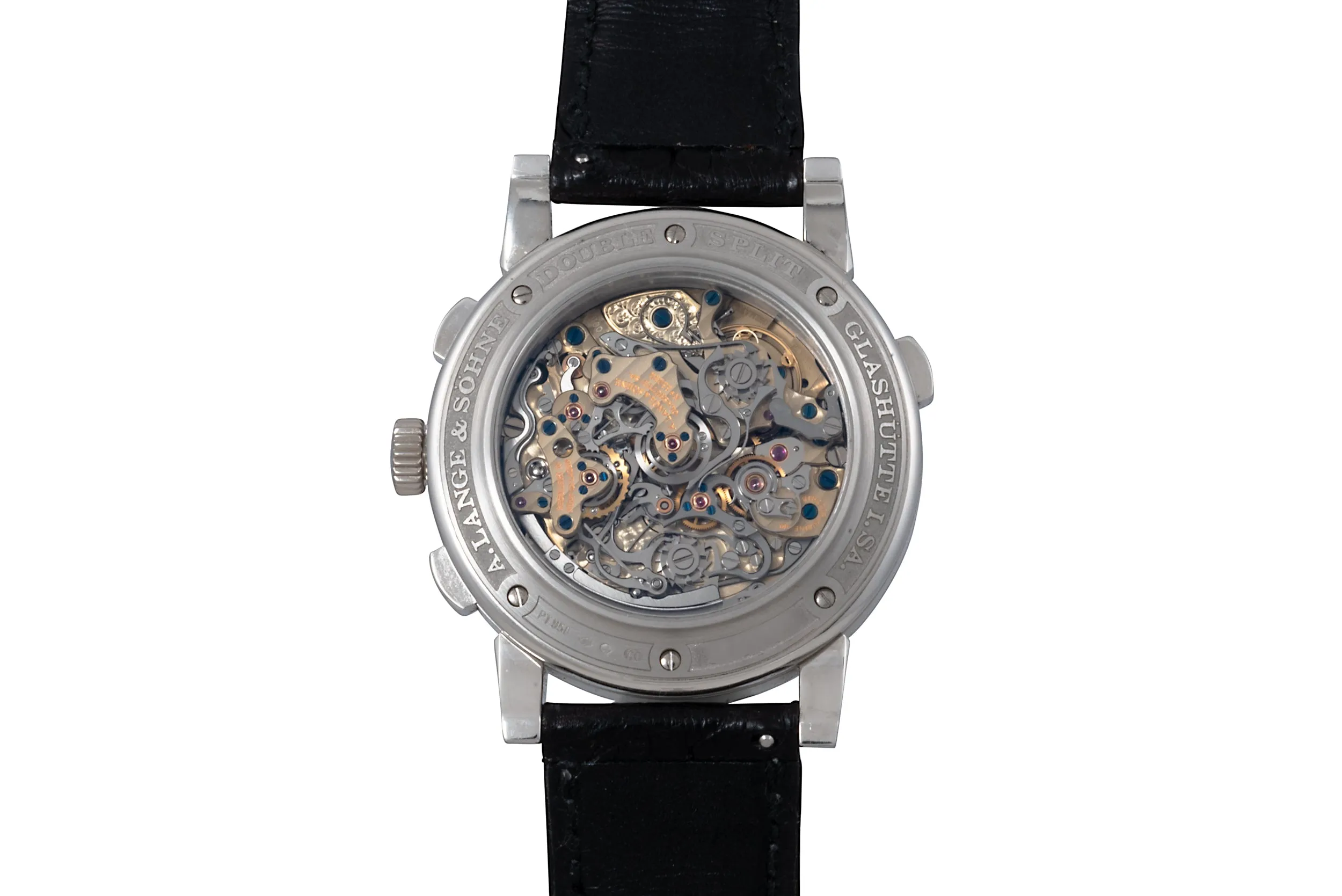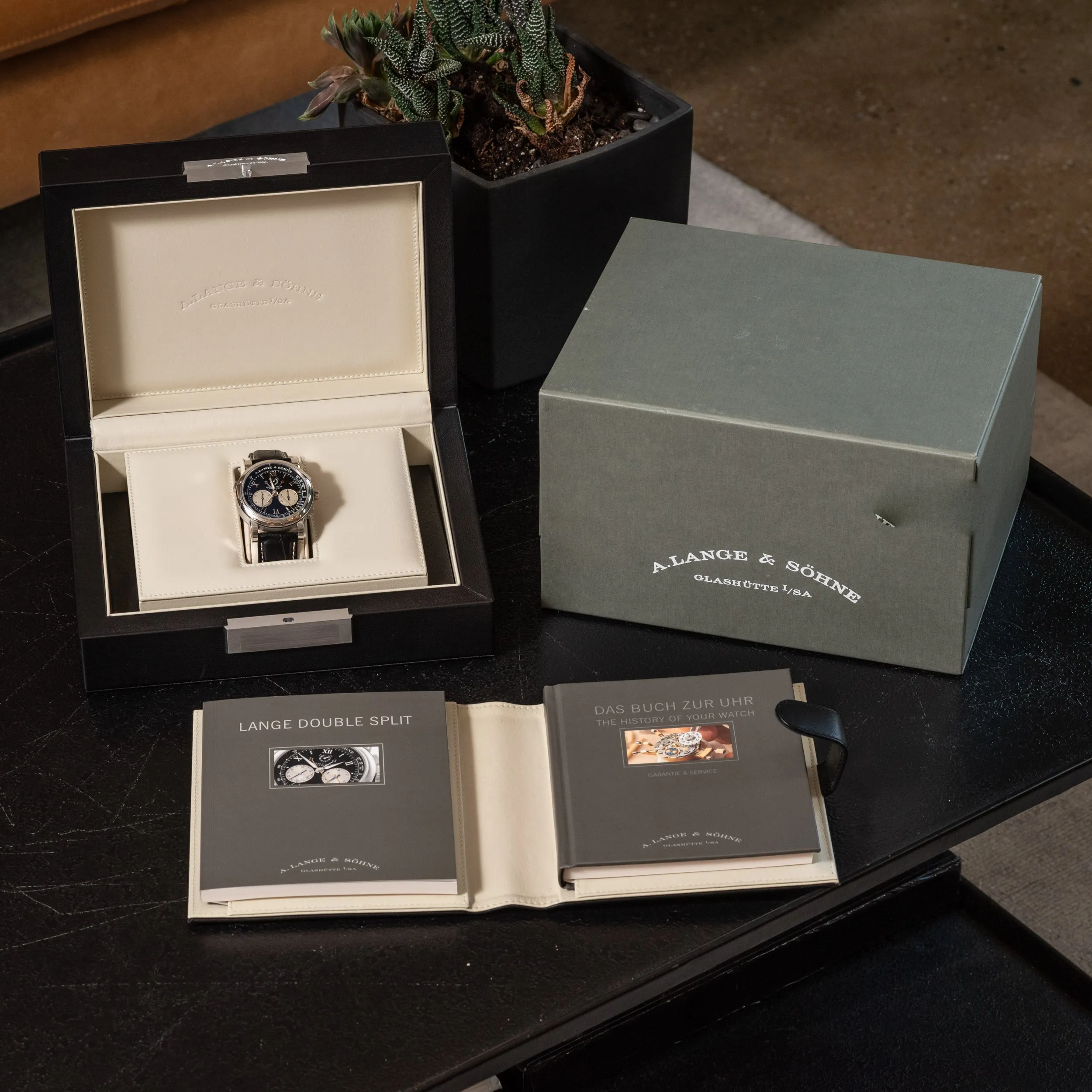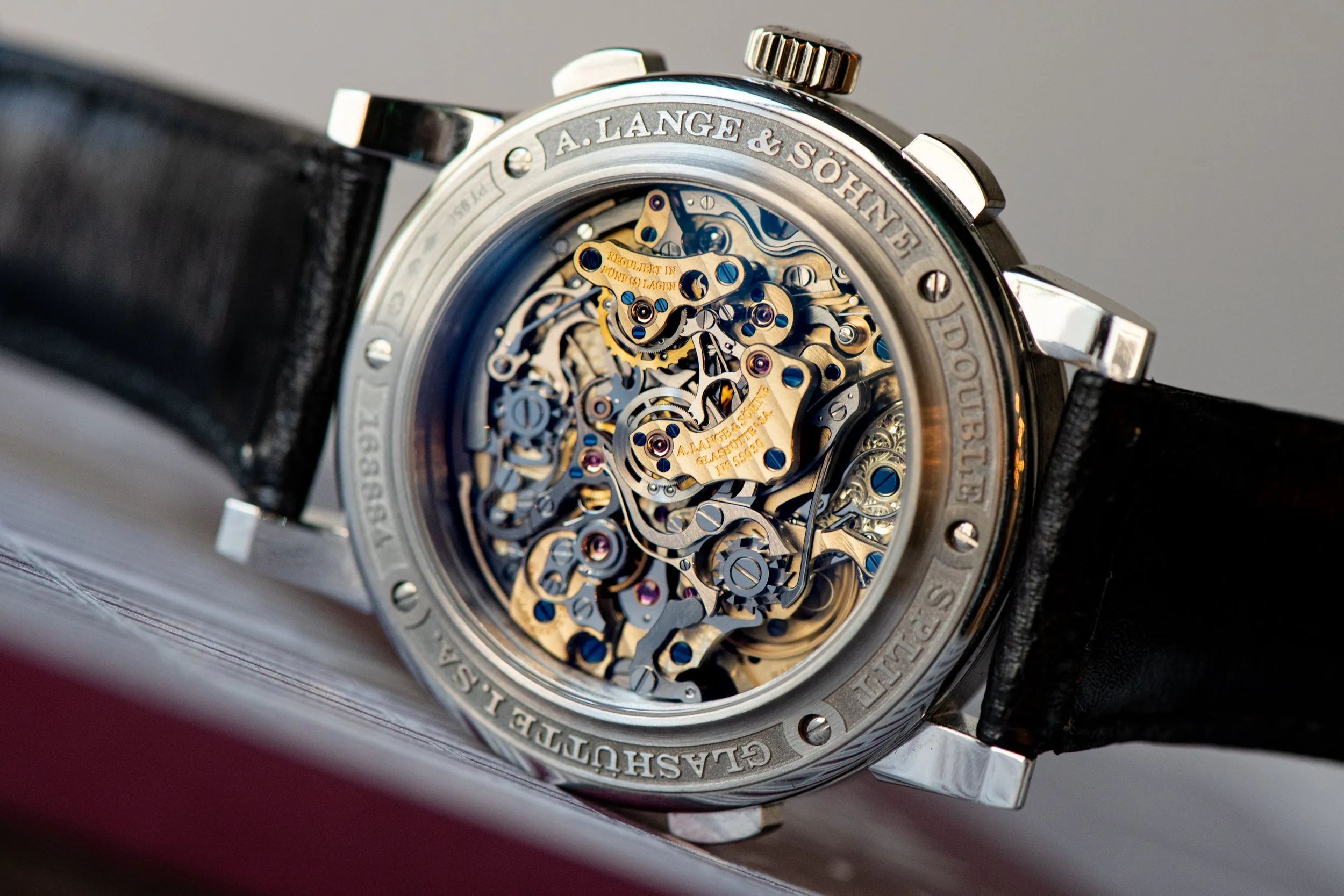Born in 1815, Ferdinand Adolph Lange received a rigorous education at the hands of nurses and governesses. At 15 he became a student at the Saxon Technical school in Dresden. Following that, he pursued training under Johann Christian Friedrich Gutkaes, Sr, royal clockmaker to the King of Saxony. In 1846 he and his brother-in-law formed .
Lange’s use of precision tools and instruments allowed the manufacture to attain a level of precision that was heretofore unknown in mass-produced watches. After his death in 1878, his sons Richard and Emil would carry on his legacy. However, the Soviet occupation of East Germany at the end of the Second World War saw an end to A. Lange & Söhne. But after Reunification in the 1990s, the manufacture would make its triumphant return. At the helm of the company would be another Lange, Ferdinand’s great-grandson Walter.
The A. Lange & Söhne Double Split not only honors this watchmaking legacy, but is an accurate representation of the brand’s ability to push the boundaries of modern watchmaking. Simple and elegant at the surface, its complexities and intricacies at its core truly reveal what a horological marvel the Lange Double Split was, and still is.
The A. Lange & Söhne Double Split was introduced in 2004 marking its release as the world's first double rattrapante chronograph. Translation – in addition to the traditional split-seconds function, the Double Split houses a second minute counter, allowing both pairs of hands to be stopped separately, as well as the ability to catch the running hands with push of a button.
Why does this particular complication matter? Well, a single rattrapante on its own is extremely difficult to manufacture and exceedingly rare. For Lange to invent something that is literally twice as difficult to create is an achievement in a space where true innovation is hard to come by.
This particular example, a Reference 404.035, features a 43.2mm platinum case with a sapphire crystal, a signed crown, square pushers, a polished bezel and a luminous satin black dial adorned with a set of silver subsidiary registers, applied ‘Roman’ indices, a tachymeter scale on the rehaut and a matching luminous ‘lance’ handset.
This piece comes fitted to a signed black alligator strap with a signed platinum deployant clasp, and packs Lange's revolutionary Calibre L001.1 manual winding split-second chronograph movement within - and is thankfully visible through a sapphire display caseback.
Far be it from us to equate (or conflate) watches with traditional ‘investments’ — but if you’re looking to park your money on a horological work of art, a technical marvel, or an ultra-functional machine, then you’ve come to the right place.
There are complicated watches, and then there are works of art. This is both. Period.




